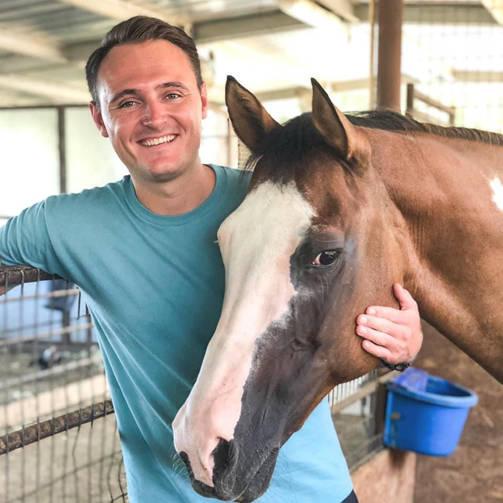Acupuncture is the use of small sterile needles in areas of nerve bundles, mast cells, and lymphatic drainage. It stimulates beta-endorphin release and has local and systemic effects. It can help alleviate pain, increase circulation, decrease inflammation, and helps support the immune system. In many cases acupuncture can be used with conventional medicine and may help decrease the requirement of additional medications or injections. The use of acupuncture can help improve your horse’s speed and quality of recovery from injury, as well as, prevent injuries or lameness from occurring in the future.
Acupuncture can help in treatment of:
- Musculoskeletal Disorders such as osteoarthritis, back and neck pain, laminitis, and navicular disease
- Gastrointestinal Disorders such as diarrhea, gastric ulcerations, and chronic colic
- Neurologic Disorders such as nerve pain, paralysis or seizures
- Chronic conditions such as behavioral problems, Cushing’s, geriatric disease, skin disease, and heaves
Currently Cleveland Equine Clinic offers dry needling, aqua-acupuncture, electroacupuncture at this time. Recommendation for treatment is based on veterinarian’s recommendations. Acupuncture is safe and well tolerated by most horses. Each session lasts approximately 60 minutes. Call and schedule today!




